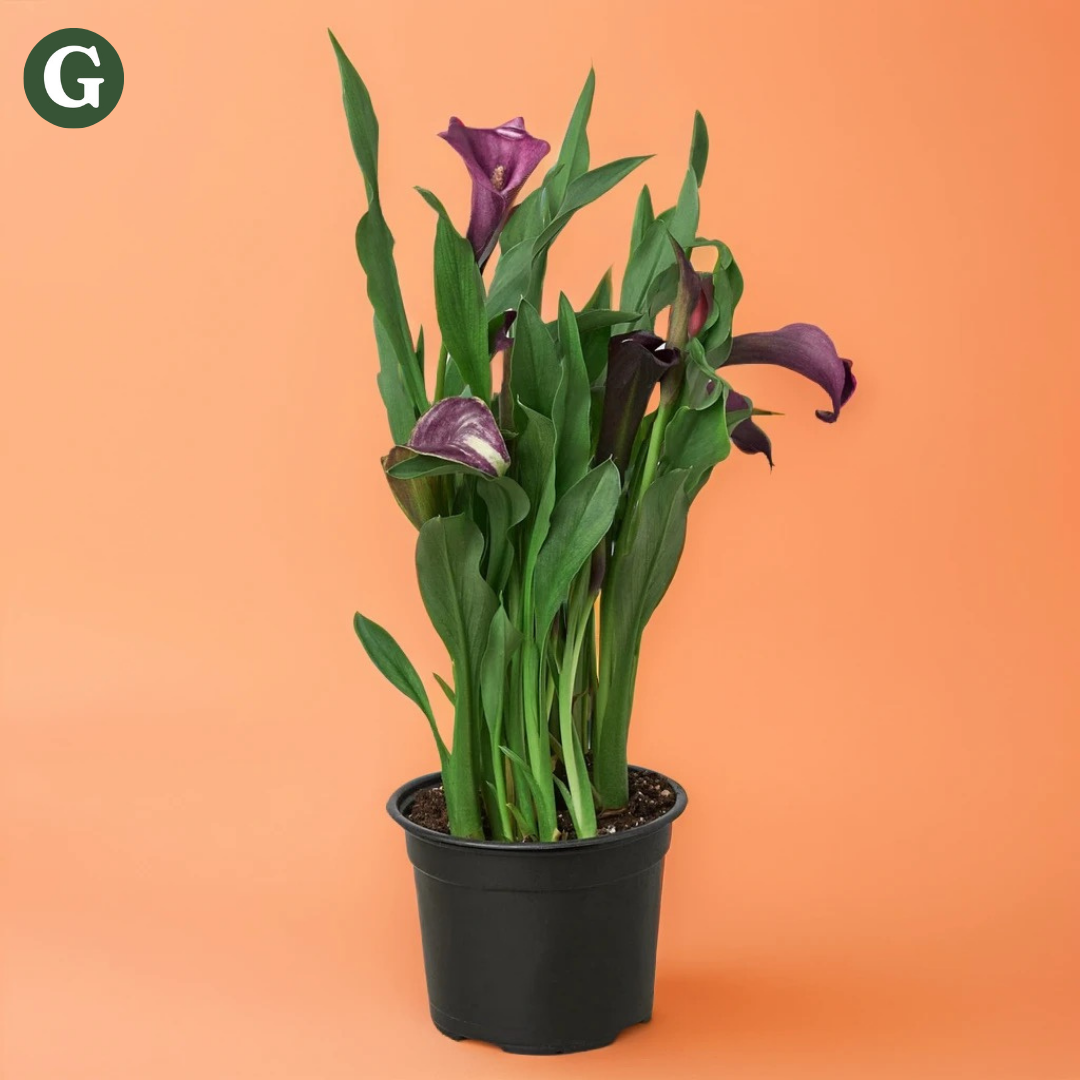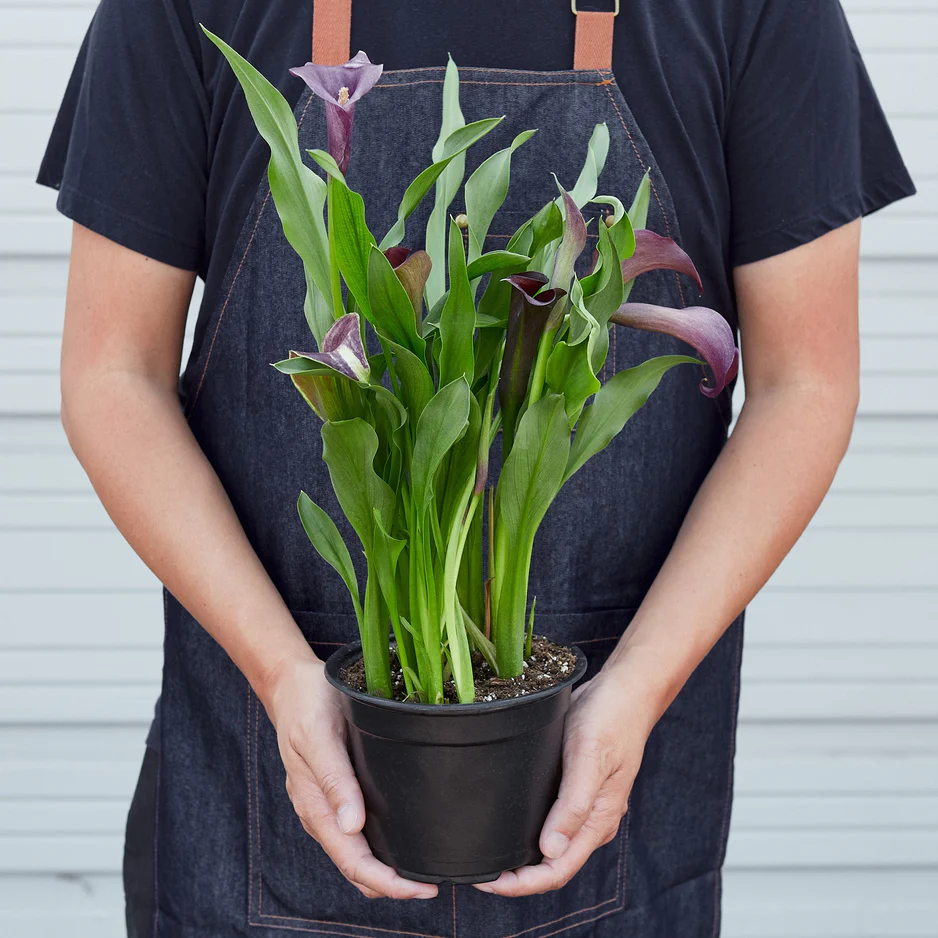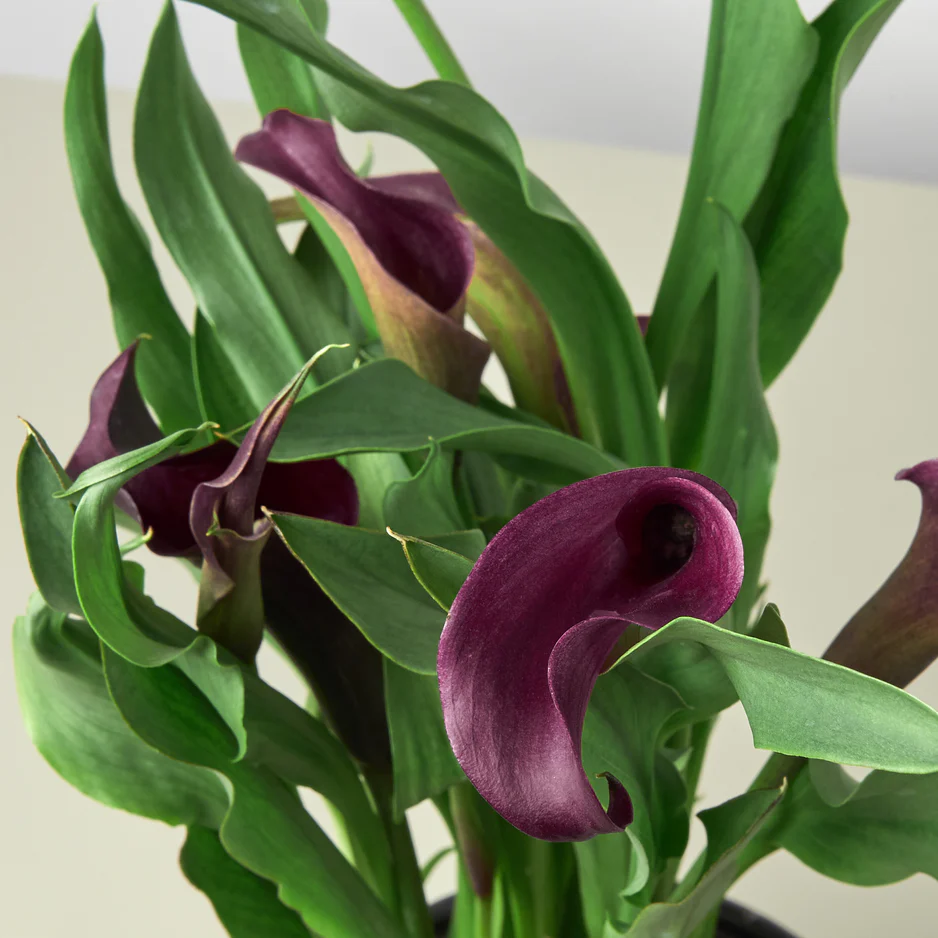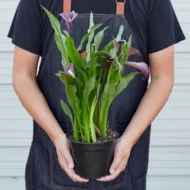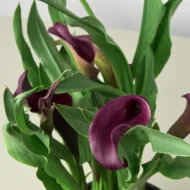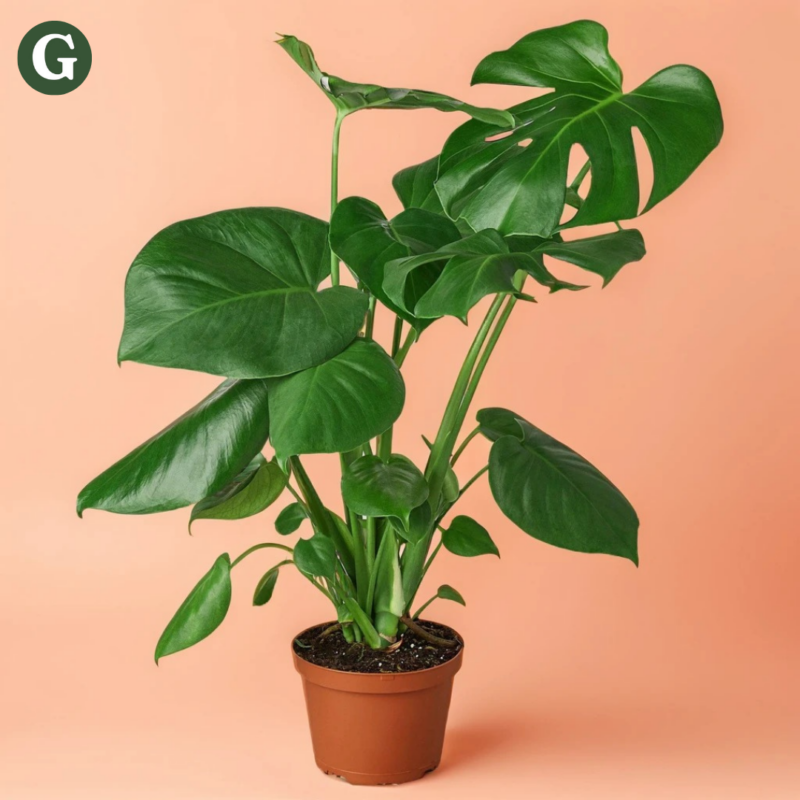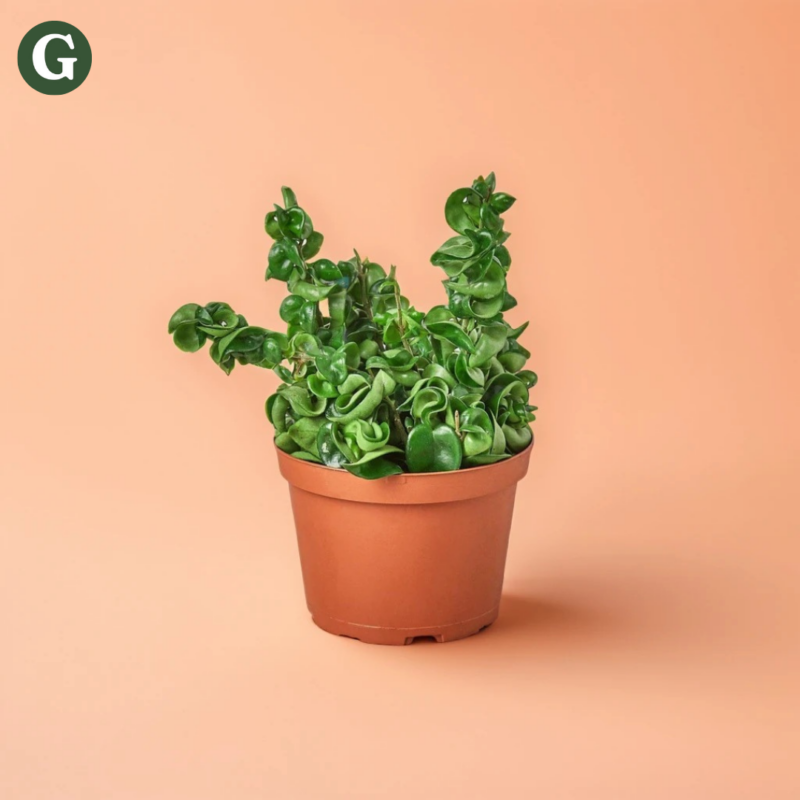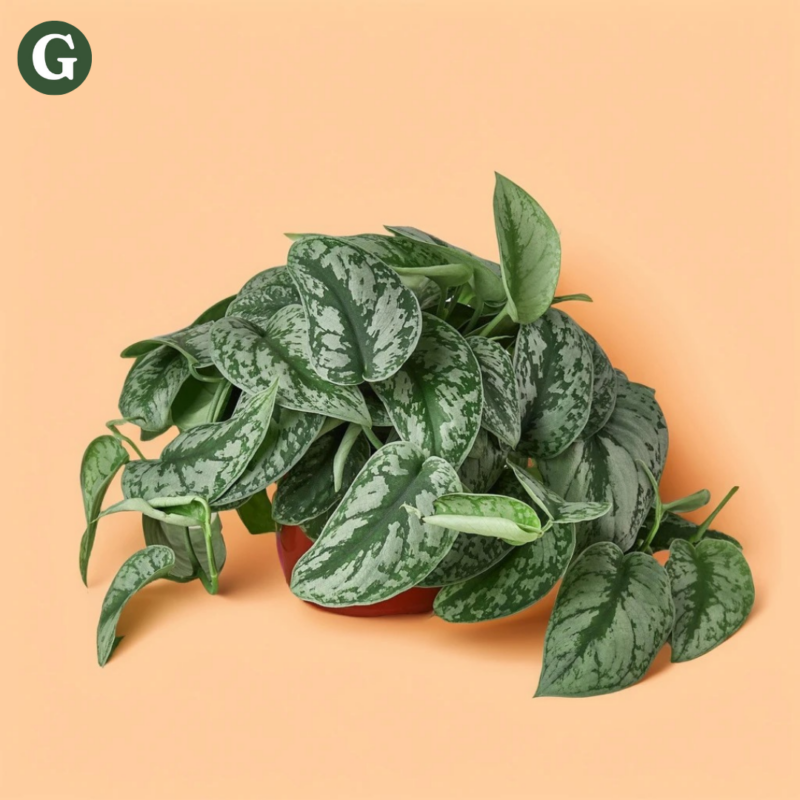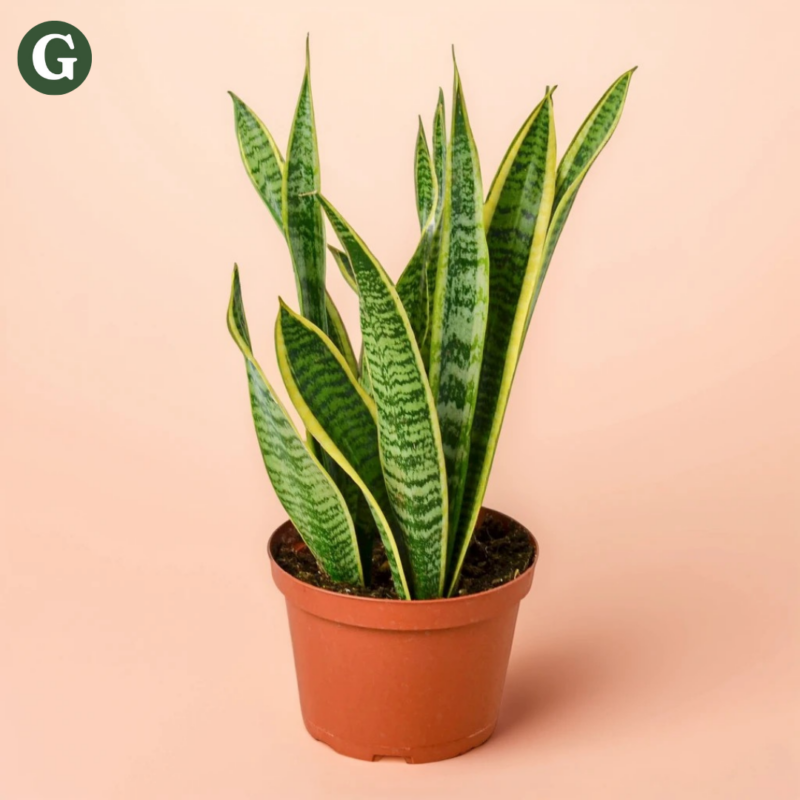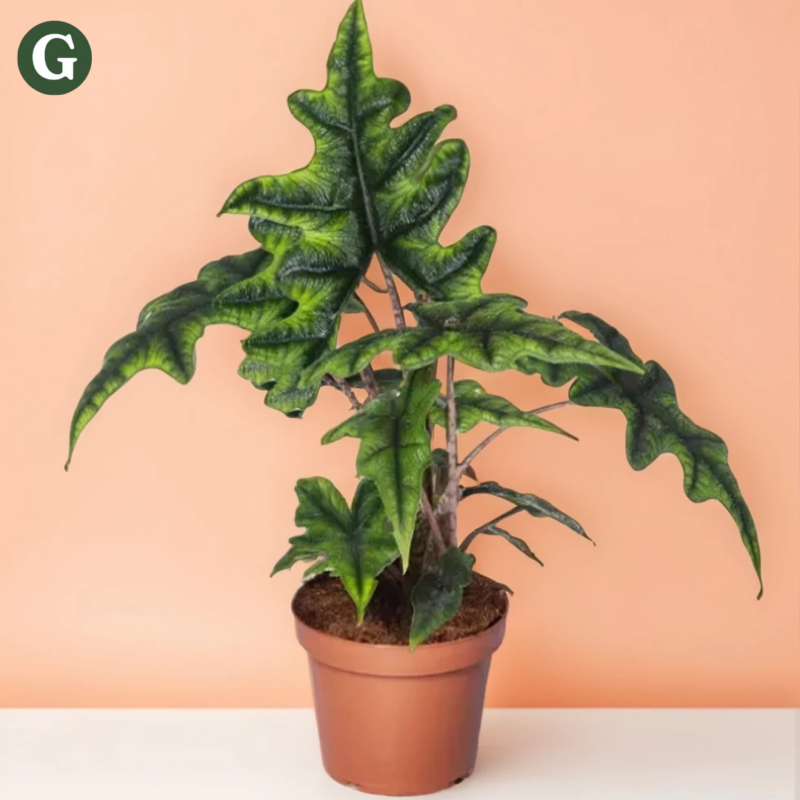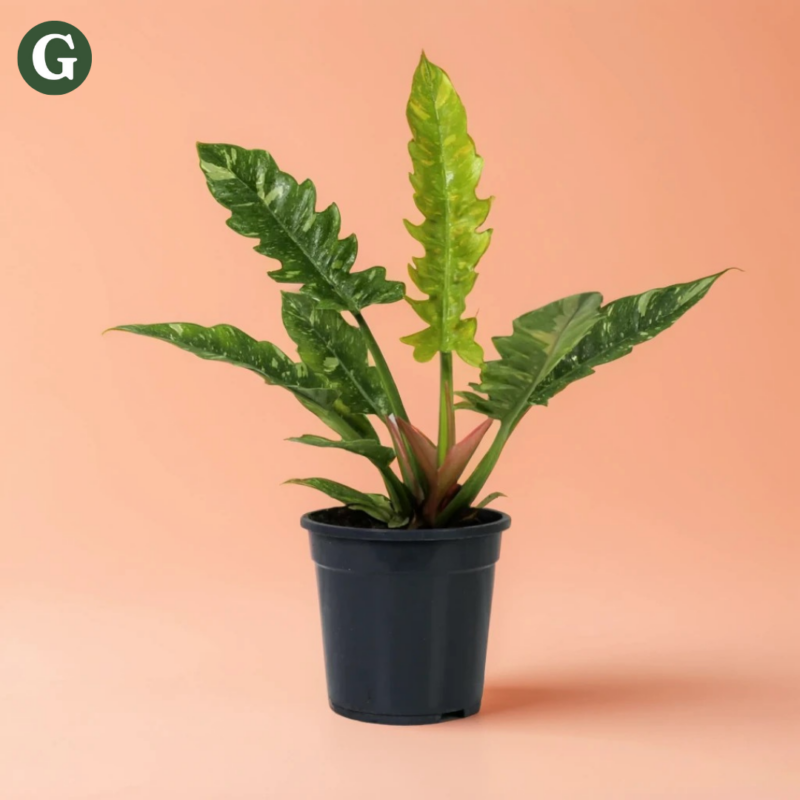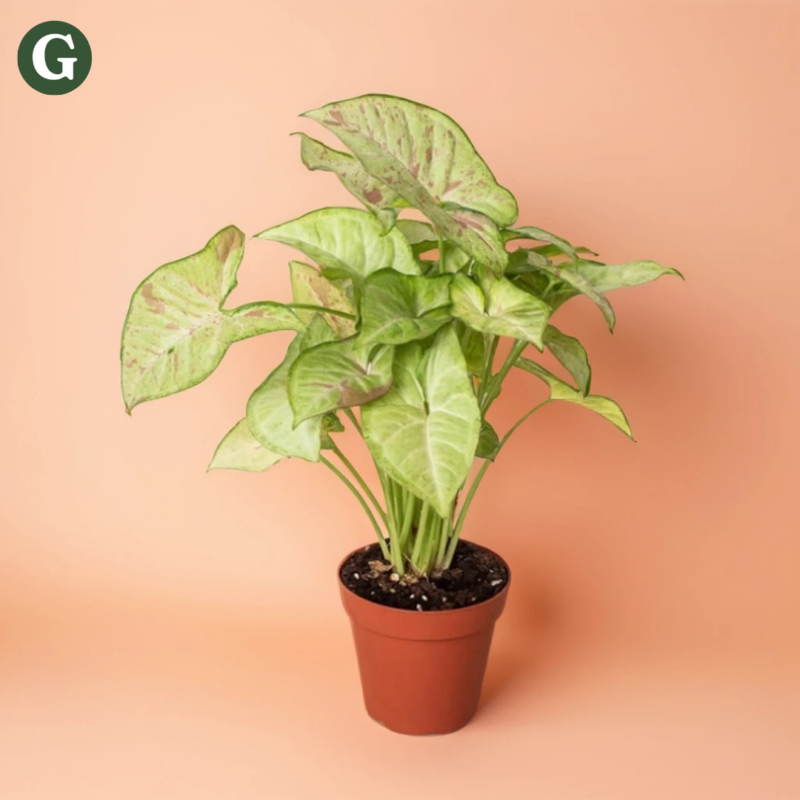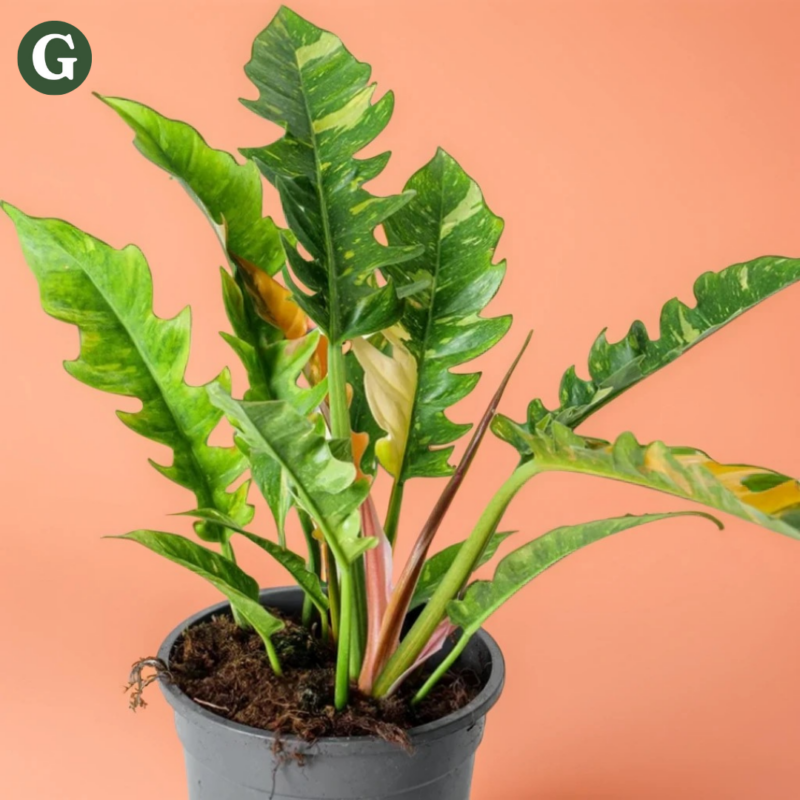Purple Calla Lily
Botanical Name: Zantedeschia spp. 'Purple'
Common Name(s): Purple Calla Lily
The Purple Calla Lily, known for its stunning, deep purple flowers, is a striking variety of the Calla Lily that adds elegance and a pop of color to any space. Its tall, slender stems support the signature funnel-shaped blooms, which emerge in rich, velvety shades of purple. The plant’s dark green, arrowhead-shaped leaves provide a beautiful backdrop to its bold, dramatic flowers. Calla lilies are commonly associated with grace and beauty, making them an excellent choice for enhancing both indoor and outdoor gardens.
Purple Calla Lilies thrive in bright, indirect light and require well-draining soil to prevent root rot. They prefer consistently moist soil, but it should never be soggy. This plant appreciates a relatively humid environment, so it’s ideal for bathrooms or kitchens with higher moisture levels. In colder climates, it's best to keep Calla Lilies indoors during the winter months to protect them from frost. It’s also important to keep the plant in a warm environment, as it prefers temperatures above 65°F (18°C).
Air Purifying Qualities:
- Toxin Removal: Calla Lilies, including the Purple variety, are known to remove common indoor toxins such as formaldehyde, benzene, and trichloroethylene, improving the air quality of your home.
- Oxygen Production: Like many flowering plants, the Purple Calla Lily absorbs carbon dioxide and releases oxygen, enhancing the overall air quality in your living space.
- Humidity Regulation: While this plant thrives in humid environments, it also helps slightly increase the humidity in its surroundings through natural transpiration.
Note: The Purple Calla Lily is toxic to pets (cats and dogs) if ingested, so it’s important to keep this plant out of reach of curious animals. It can cause irritation, vomiting, and other digestive issues if consumed. Always ensure it is placed in a safe location.
Care Insights & Expert Tips
- Fertilize regularly: Feed your plant with a balanced liquid fertilizer diluted to half strength every 2-4 weeks during the growing season.
- Monitor for pests: Keep an eye out for common houseplant pests like mealybugs and spider mites. Treat infestations promptly with insecticidal soap or neem oil.
- Repot as needed: Repot your Purple Calla Lily every 1-2 years in a slightly larger pot with fresh, well-draining potting mix.
- Provide adequate drainage: Ensure the pot has drainage holes to prevent waterlogging.
- Dormancy period: After flowering, the plant may enter a dormant period of slower or no growth. During this time, reduce watering and move the plant to a cooler location.
- Toxic to pets: Purple Calla Lilies are toxic to pets. Keep them out of reach of animals.

Visit our plant care library
Find essential tips to keep your plants thriving, vibrant, and healthy.
